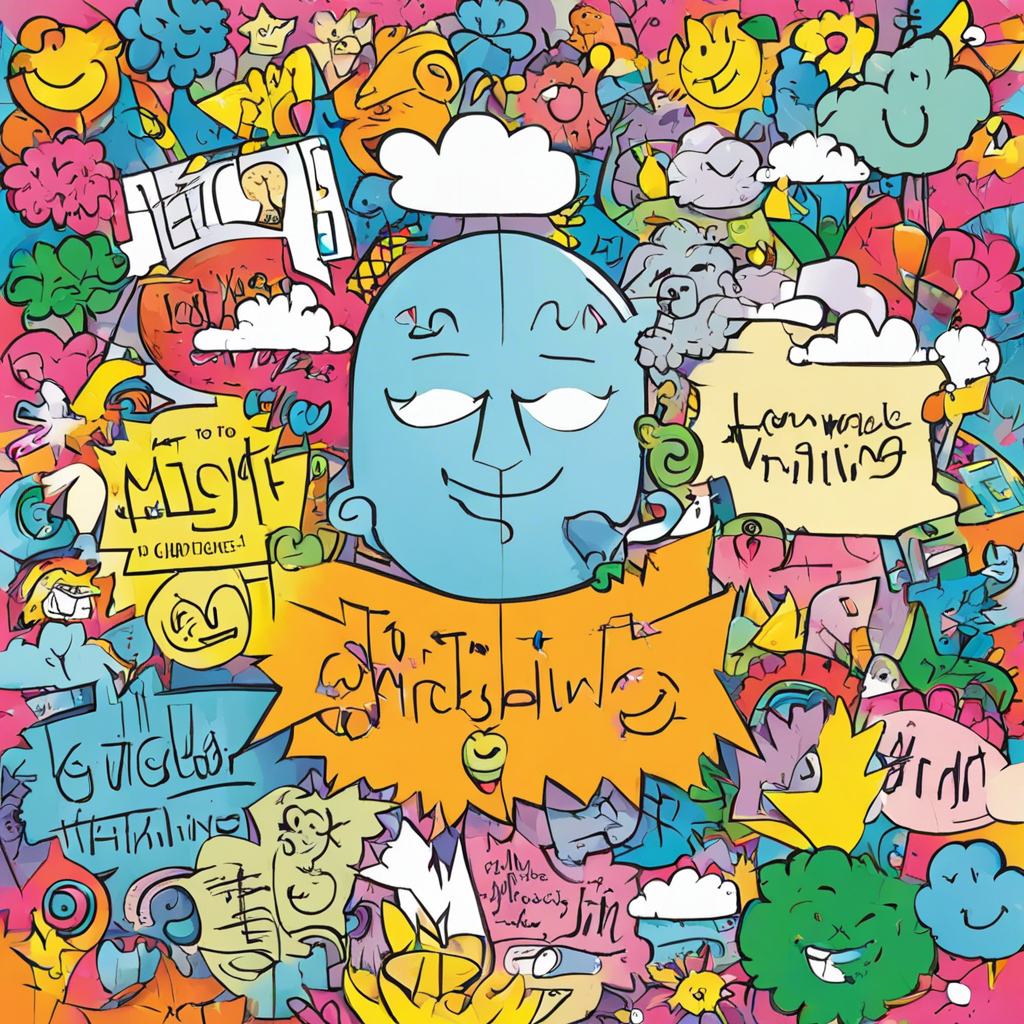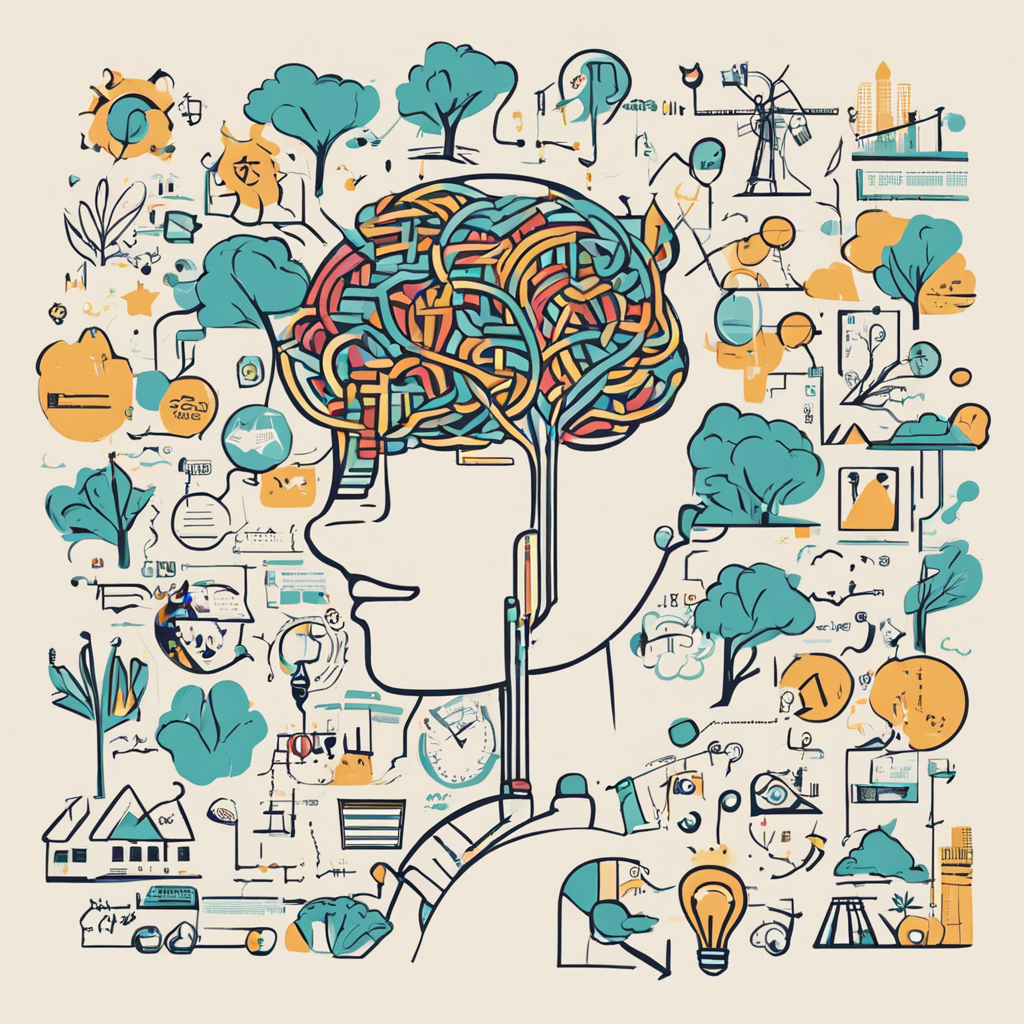Habits play a significant role in shaping our lives, influencing everything from our productivity to our health. But how exactly are habits formed, and what can neuroscience teach us about breaking bad habits or forming new, positive ones? Understanding the science behind habit formation can empower you to rewire your brain for success. In this article, we’ll dive into the neuroscience of habits, the concept of neuroplasticity, and provide practical strategies to help you build lasting habits that support your goals.
1. The Science of Habits: How They Form in the Brain
- Understanding the Habit Loop: At the core of habit formation is the “habit loop,” a three-step process involving a cue (trigger), a routine (behavior), and a reward (positive reinforcement). This loop is stored in the basal ganglia, a part of the brain associated with emotions, memories, and pattern recognition.
- Role of the Basal Ganglia: The basal ganglia helps automate behaviors to save mental energy for more complex tasks. When a habit is formed, the brain starts to offload the task to the basal ganglia, making the behavior automatic.
- Actionable Tip: To form new habits, identify the cue that triggers the behavior and the reward that follows. Use this understanding to design a new routine that aligns with your goals.
2. Neuroplasticity: The Brain’s Ability to Change
- What is Neuroplasticity? Neuroplasticity refers to the brain’s ability to reorganize itself by forming new neural connections. This ability allows the brain to adapt to new experiences, learn new information, and even recover from injury.
- How It Relates to Habits: Repeated behaviors strengthen specific neural pathways, making habits more ingrained over time. Conversely, when we stop engaging in a habit, those pathways weaken, making it easier to replace the old habit with a new one.
- Actionable Tip: To leverage neuroplasticity, focus on consistency. Repeating a new behavior regularly helps strengthen the neural connections associated with that habit, making it more automatic over time.
3. The Role of Dopamine in Habit Formation
- Dopamine and the Reward System: Dopamine is a neurotransmitter that plays a key role in the brain’s reward system. It is released when we experience something pleasurable, reinforcing the behavior that triggered its release.
- Dopamine’s Effect on Habits: When a habit is rewarded, dopamine is released, which encourages the brain to repeat the behavior. This creates a feedback loop where the behavior is reinforced each time the reward is experienced.
- Actionable Tip: To create positive habits, find ways to make the reward enjoyable. This could be as simple as treating yourself after completing a task or celebrating small wins to boost dopamine levels.
4. Breaking Bad Habits: The Neuroscience of Unlearning
- Why Bad Habits are Hard to Break: Bad habits are hard to break because they are deeply ingrained in the brain through repeated activation of neural pathways. The brain favors familiar routines because they require less cognitive effort.
- The Process of Unlearning: Breaking a bad habit involves weakening the existing neural pathway by not engaging in the behavior and simultaneously creating a new pathway by adopting a different routine.
- Actionable Tip: Replace the bad habit with a positive one that satisfies the same need. For example, if stress leads you to snack on junk food, try engaging in a quick physical activity or practicing deep breathing exercises instead.
5. Using “Habit Stacking” to Build New Behaviors
- What is Habit Stacking? Habit stacking is a technique where you link a new habit to an existing habit, making it easier to remember and perform. This approach leverages the established neural pathways of the old habit to help form the new one.
- The Science Behind It: By attaching a new behavior to an already established neural pathway, you reduce the cognitive effort required to form the new habit.
- Actionable Tip: Identify a habit you already do daily (like brushing your teeth) and “stack” a new habit onto it. For example, after brushing your teeth, you could spend two minutes meditating or doing stretching exercises.
6. The Importance of Consistency and Repetition
- Why Repetition is Crucial: Consistency and repetition are key to forming habits because they strengthen the neural connections associated with the behavior. The more frequently a behavior is repeated, the more ingrained it becomes.
- The Role of Time: It takes an average of 66 days to form a new habit, but this can vary depending on the complexity of the habit and individual factors. The key is to stay committed and consistent, even if progress feels slow.
- Actionable Tip: Track your progress using a habit tracker or journal. Mark off each day you successfully complete the habit, and aim to build a “streak” to motivate yourself to maintain consistency.
7. Leveraging the Power of Visualization
- How Visualization Helps: Visualization activates the same neural pathways in the brain as the actual performance of the behavior. This mental rehearsal can help reinforce the desired habit by priming your brain to perform the behavior.
- Neuroscientific Evidence: Studies have shown that athletes who visualize their performance show brain activity similar to those who physically practice the sport. This suggests that visualization can help solidify neural pathways associated with new habits.
- Actionable Tip: Spend a few minutes each day visualizing yourself successfully performing the habit. Imagine the process, the emotions, and the outcome to make it feel more real and attainable.
8. The Role of Environment in Habit Formation
- How Your Surroundings Affect Habits: The environment plays a significant role in cueing certain behaviors. If your environment is filled with cues for your old habits, it will be harder to form new ones.
- Reshaping Your Environment: By changing your surroundings, you can make it easier to adopt new habits and harder to engage in old ones. For instance, if you want to read more, place books in visible and accessible locations.
- Actionable Tip: Design your environment to support your new habits. Eliminate distractions that trigger bad habits, and place visual cues in your environment that remind you to engage in positive behaviors.
9. Harnessing Social Influence to Support Habit Change
- The Impact of Social Networks on Habits: The people around you influence your behavior, often subconsciously. Surrounding yourself with individuals who embody the habits you wish to adopt can increase your chances of success.
- Accountability and Motivation: Being part of a group or having an accountability partner can help reinforce your commitment to a new habit. Social support provides encouragement and motivation, especially during challenging times.
- Actionable Tip: Join a community or group with similar goals. Share your progress with a friend or family member who can help keep you accountable and celebrate your achievements with you.
10. Using “The 2-Minute Rule” to Overcome Resistance
- What is The 2-Minute Rule? The 2-minute rule is a strategy that suggests starting a new habit by performing it for just two minutes. This approach helps overcome the initial resistance to starting by making the task seem manageable.
- Why It Works: When you start with a small and easy step, you’re more likely to follow through. The 2-minute rule helps you establish the habit of showing up, which is the first step to making it a lasting behavior.
- Actionable Tip: Begin by committing to just two minutes of your desired habit. For instance, if you want to start exercising, commit to two minutes of stretching. Once you get started, you’ll often find the motivation to continue.
Conclusion
The neuroscience of habits offers powerful insights into how we can rewire our brains for success. By understanding the science behind habit formation and implementing strategies such as habit stacking, leveraging neuroplasticity, and using the 2-minute rule, you can create positive habits that align with your goals. Remember, forming lasting habits is a gradual process that requires consistency, patience, and a willingness to adapt. Start small, stay committed, and watch as your brain rewires itself to support your success.










